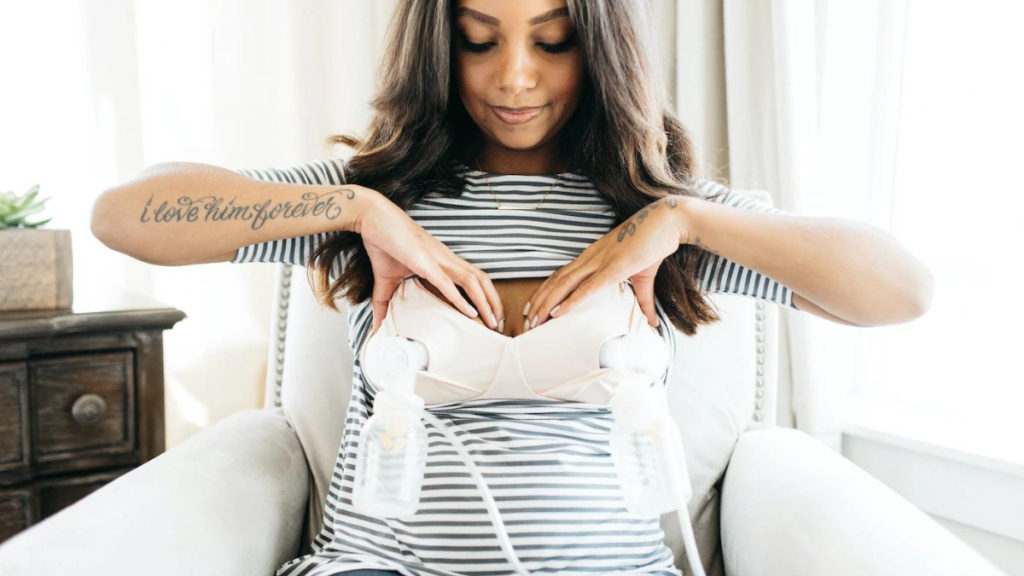
If you do decide to move forward with this method – the best advice I can give you is to get the best quality pump you can. The most efficient one is a double hospital-grade electric pump. Manual pumps or hand expression are not recommended for this amount of pumping. Hospital-grade breast pumps have the most functions, the greatest amount of related equipment (flanges etc.) and are the best choice for someone doing more than the occasional pumping session.
Hospital-grade pumps can be purchased or rented. Many of the larger companies offer renting directly from them. If you rent a hospital-grade pump, they are cleaned in-between renters, but you are required to purchase a pump kit that is specific to you. The pump kit is the only thing that comes into contact with your breast milk. If you have private health insurance, you may want to call them to explore whether you have coverage for this type of medical device and if you require a doctor’s prescription for this.
A few examples of hospital grade pumps are:
Medela’s Symphony Double Electric Pump
Ameda’s Mya Joy Hospital Strength Portable Electric Breast Pump
There are many pumps on the market – including some that state they are “comparable” to hospital-grade. Depending on your lifestyle, a wearable pump may work better for you. An example would be the Willow Wearable Breast Pump. Note: This may not be available in your area, as their website does not ship internationally, but you may find it at other stores in Canada.
The next best advice I can give you once you have your equipment is to Prepare for your pumping session. Just like you would for a breastfeeding session or formula feed – you need to get ready for your pump to get the most milk you can.
Some quick tips that can increase your supply:
If this feeding method is on your list to learn more about – check out the events schedule for a pumping, bottles and formula workshop to learn more about pumping.
© 2023 All rights reserved Baby & Toddler - part of parent promotions